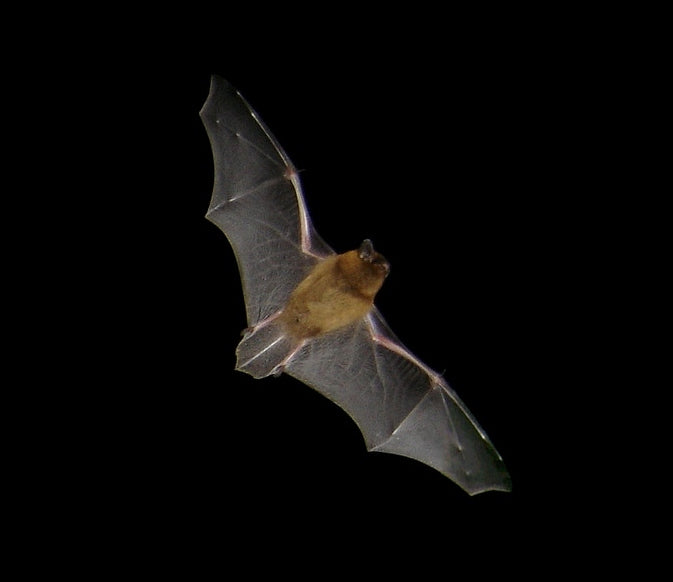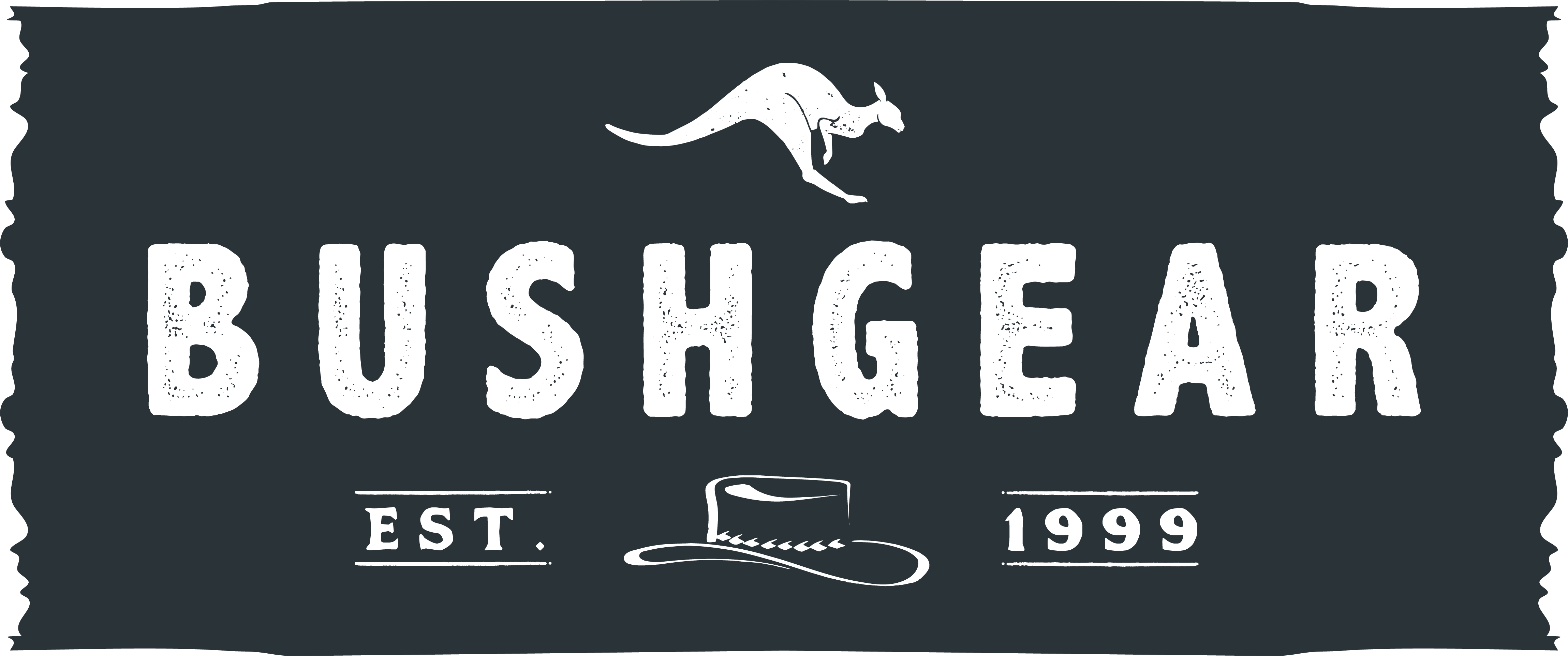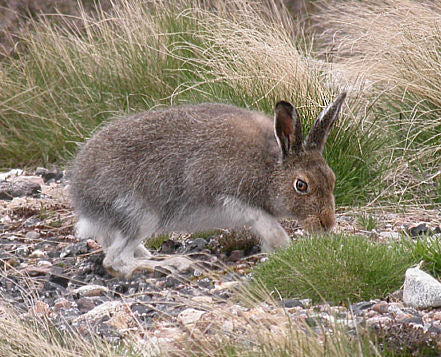
A Guide To British Fauna - The Common Pipistrelle
Scientific Name : Pipistrellus pipistrellus
Common Names : Common Pipistrelle, Pipistrelle Bat

Photo:Barracuda1983, CC BY-SA 3.0 <http://creativecommons.org/licenses/by-sa/3.0/>, via Wikimedia Commons
Physical appearance : The Pipistrelle bat is the most common bat species in the UK. It is a relatively small bat species, growing up to 45mm in body length, with a wing span of up to 235mm. It is extremely light, weighing in at between 3-8 grams. It had brown fur (variable in colour) on its body with a black face, limbs and eyes. It has dark skin on its wings.
Where to find/natural habitat : The common pipistrelle is an "edge" feeder, prefering to feed on the edges of woodlands and tree lines. It can inhabit a wide range of urban and rural environments including woodlands, hedgerows, farmland and grassland. As a roost, it will use holes and crevices in trees, eaves of buildings, cracks in walls, bat boxes and in many "nooks and crannies" in urban areas/buildings.
Habits and charecteristics : The pipistrelle bat emerges from its roost about 20 minutes after sunset and tends to fly at between 2-10 metres above the ground, whilst feeding.
Diet : The pipistrelle bat feeds exclusively on insects and can consume up to 3000 in a night. Being "insectiverous", it will also eat mosquitos and midges. It consumes its food in flight, a behaviour known as "arial hawking".
Breeding and birth : In the summer, females form "maternity" colonies where they give birth to a single (occasionally two) offspring in June to early July. Colonies can be as large as 80 inividuals. The young will feed exclusively on their mother's milk for up to a month after which they are generally able to fly. At six weeks they genreally leave the roost and become self sufficient as they are able to forage for themselves by this stage.

Photo:Mnolf, CC BY-SA 3.0 <https://creativecommons.org/licenses/by-sa/3.0>, via Wikimedia Commons
Predation : Bats are commonly eaten by owls, hawks and some mammals which are capable of climbing into a bat's roost and eating the young and voulnerable.
Interesting facts : Male bats lead a more solitary existance , often choosing to roost individually. During the summer mating period, males select and defend a territory known as a mating roost. Once seleceted, males will attract females by taking "songflighst" around their territory, making "singing" social calls.
Protection status : All bats and their roosts are protected in the UK under the Wildlife Protection Act 1990. This means hunting, killing or destroying their roosts is not allowed.
This means you will be committing a criminal offence if you:
- Deliberately capture, injure or kill a bat
- Intentionally or recklessly disturb a bat in its roost or deliberately disturb a group of bats
- Damage or destroy a bat roosting place (even if bats are not occupying the roost at the time)
- Possess or advertise/sell/exchange a bat (dead or alive) or any part of a bat
- Intentionally or recklessly obstruct access to a bat roost
"Leave nothing but footprints, take nothing but pictures/memories."
The Bushgear Team


